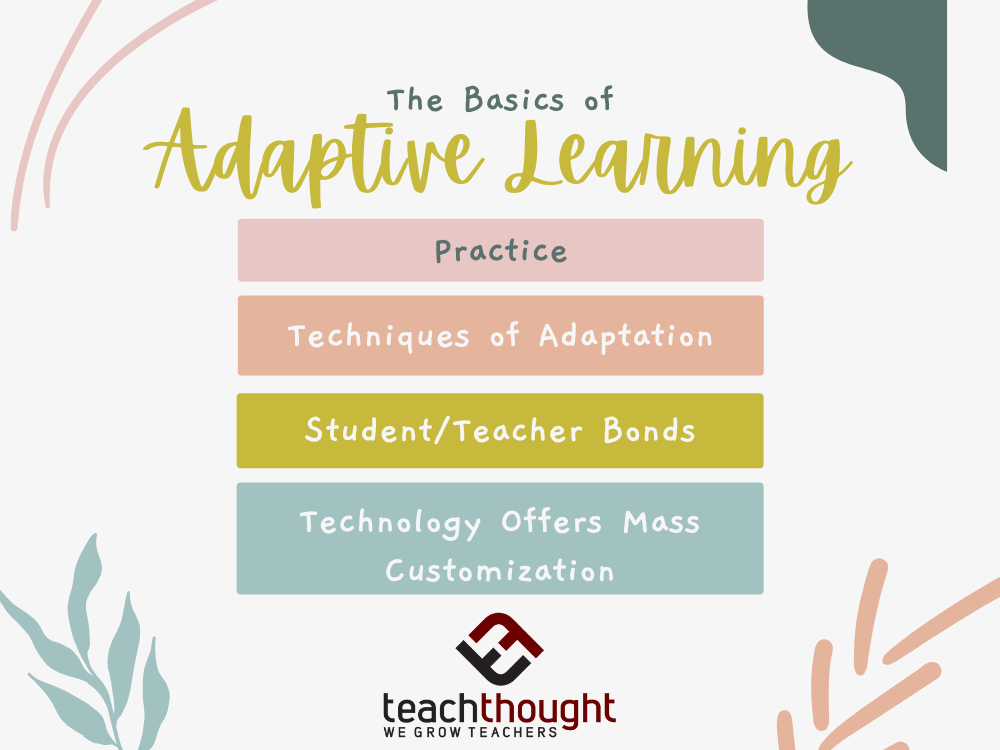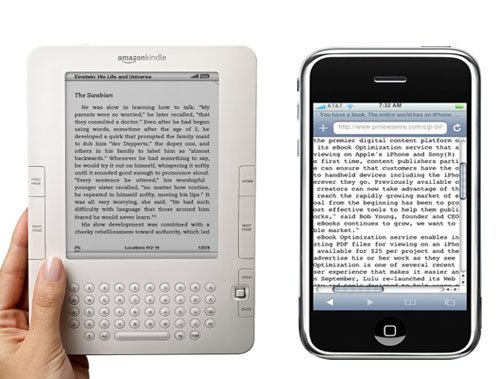The Basics Of Adaptive Learning
Adaptive learning technologies work from the premise that there are other, more personalized ways of acquiring knowledge.

Adaptive learning technologies work from the premise that there are other, more personalized ways of acquiring knowledge.

An MMORPG is a type RPG–a role playing game. By definition, this offers enormous potential as a living, breathing character simulation.
The teaching of reading and writing has long been viewed as the “job” of English teachers, though success across content areas depends heavily on reading and writing fluency. One of the stronger messages of the K-12 Common Core academic standards is that the “burden” of literacy should be spread across content areas–that teaching reading and…
Kelvin Doe is an engineering whiz living in Sierra Leone who scours the trash bins for spare parts to make–well, all kinds of gadgets.
Interdependence & modularity exist on a continuum, but it seems we may be at a crossroads between the two in the blended-learning world.

You may have seen them before–few of these are ‘new.’ However, each video is a compelling overview of important thinking in new learning.
The brute force of social media, combined with the incredible access to–and engaging nature of–digital media like video games, videos, and film–are undoubtedly impacting the way students learn. The very nature–in duration, tone, form, and nuance–of the media they consume hasn’t just “changed” (which implies a single change) but is in a constant state of…
The future library system won’t disappear soon, but rather, blossom into something in congruence with today’s myriad informational demands.
Promoting reading, writing, and other academic subjects stands as crucial to keeping humanity from wrecking itself before it checks itself.

Google Docs offers collaboration, portability, ease of use, and widespread acceptance – a must for students in online colleges.
The concept of creation and curation over pure academics can be a powerful lesson for teachers, English-Language Arts and beyond.

Swiping, pinching, zooming, and other ‘non-typing’ interactions are emerging, moving us closer to a ‘touchless’ future of hardware.